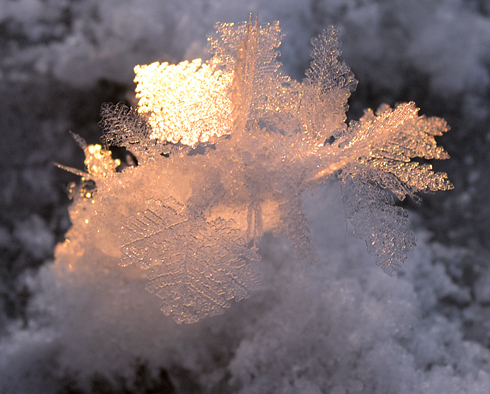Thursday, January 17, 2013
Semipalmated Sandpipers (well, actually NOT)
One of the best parts (in my mind) of writing a blog is the education I've gained from researching what I'm writing about. Today, I learned that these birds, which I had ID'd as Semipalmated Sandpipers, are actually Sanderlings. A big thank-you to professional bird photographer Mia McPherson for pointing out an easy way to tell the difference when both birds are in their similar non-breeding plumage: The shape of the end of the bill (check out the photo below to see the heavier, bulbous end compared to a Semipalmated Sandpiper's narrow, finer bill).
So... here's my original post, edited to reflect the correct bird ID. Thanks again, Mia!
Some of my favorite birds to watch while we were out east in October were (NOT) the Semipalmated Sandpipers but rather Sanderlings. From the house we could look out at the shore and see all these bright white butts sticking up in the air. Then they'd scurry around and run back in toward the water line, butts once again up in the air as they dug out tasty snails and teeny crabs. (this is apparently a trait that Semipalmateds do not exhibit often, but Sanderlings are constantly scurrying back and forth)
Another easy way to tell the difference between Sanderlings and Semipalmated Sandpipers is that Semipalmated have a hind toe that is easily visible. These Sanderlings, as shown above, do not.
These birds were on their way from their breeding grounds in the arctic tundra and Hudson Bay, to their winter grounds in Central America and coastal areas all around South America.
Monday, January 14, 2013
Friday, January 11, 2013
Snowy Redpolls
The redpolls may be my favorite winter visitors. They're just so gregarious and dapper looking. The ones in these images are the more often-seen Common Redpoll.
During a recent snowfall I had fun snapping these photos through the kitchen window while staying nice and cozy inside.
These beautiful birds are irruptive and in years like this travel in large flocks farther south than normal. While we periodically have them in the Twin Cities, this is only the third winter since I moved here in 2002 that we've had 80+ redpolls at our Afton feeders on a regular basis.
An irruptive winter is not only a thrilling one, but an expensive one (we're going through 40 lbs. of Nyjer a week!). Unfortunately these birds at the cabin aren't quite as lucky - they go days without seed waiting our return for long weekends.
Typically, these birds are found worldwide in the arctic and subarctic boreal forests. In North America, they venture into the Northern United States during the winter and as far south as the Central United States in irruption years.
Because I'm in the process of obtaining my banding license, the recovery of bands fascinates me. On the Cornell Lab site, they listed this cool fact about banded redpolls:
"A few banding records have shown that some Common Redpolls are incredibly wide ranging. Among them, a bird banded in Michigan was recovered in Siberia; others in Alaska have been recovered in the eastern U.S., and a redpoll banded in Belgium was found 2 years later in China."
That's amazing!
Another cool fact that I learned on the Cornell site? They burrow into the snow to stay warm overnight! They've found them in tunnels a foot long.
Want to learn more about these neat winter visitors? Check out Cornell's site.
Tuesday, January 8, 2013
Diamonds on the Lake
The other day while ice fishing we noticed incredible frost crystallization around the prior day's holes and in our earlier footsteps. After we were done fishing, I came back out with my camera to try and capture the amazing brilliance of the crystals.
The sun was beginning to set over the lake and the entire area was spiky with diamonds. While it doesn't look like much here, it was breathtaking to see in person:
Up close, this is what was catching the sun, hundreds of gold frost "leaves:"
While incredibly small, they were some of the largest frost leaves I have seen, nearly .5" in length.
As the sun set, it really began to light up the crystals. I love this illuminated stack, looks a foreign creature glowing from within:
The most challenging part of photographing these? Not melting them with my breath while lying on the snow trying to focus on them! This is one of the better shots showing both the gold of the sunset and some of the incredible detail in the frost leaf:
Don't you love all the unexpected treats that winter brings?
(I'm thrilled to be back after taking a month off of nearly all electronics except as required for my work. It was lovely to spend the month of December with family and friends and at our cabin. I hope you had a fun end to 2012 and are having a great start to 2013. Thanks for reading my blog!)
Subscribe to:
Posts (Atom)










